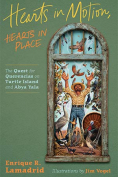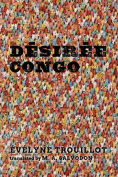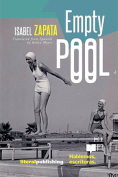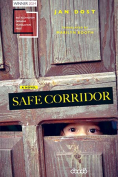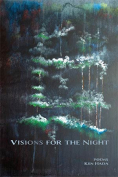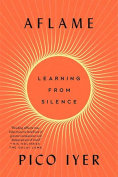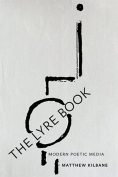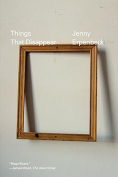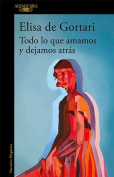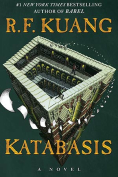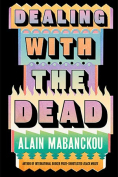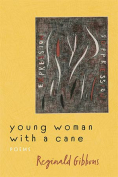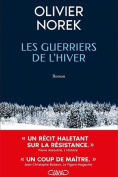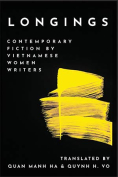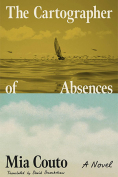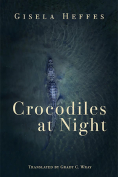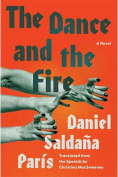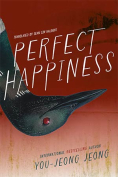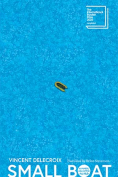Les guerriers de l’hiver by Olivier Norek
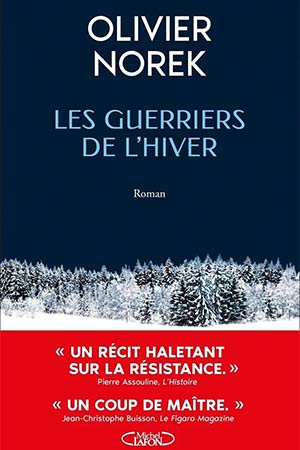
Paris. Michel Lafon. 2024. 448 pages.
The author, a former police detective, is known in France for his crime fiction. This is his first historical novel. It is ostensibly about the Winter War of 1939–40 (the invasion of Finland by the Soviet Union), but it mainly explores the lives of ordinary people who are unwillingly caught up in a cataclysmic event.
Since almost the entirety of this novel’s plot takes place during a war that is, outside of Finland, largely forgotten, some background information is called for. The Nazi–Soviet Pact was signed on August 23, 1939. It is infamous enough to be also referred to as the Molotov–Ribbentrop Pact (after each country’s foreign minister) or the Hitler–Stalin Pact. The pact, ostensibly one of nonaggression between the two totalitarian countries, included a secret protocol that separated northeastern Europe into German and Soviet spheres of influence. In the course of the military campaigns that followed the pact, Nazi Germany and the Soviet Union divided up Poland within a few weeks. In addition, the three Baltic states (Lithuania, Latvia, and Estonia) were quickly swallowed up by the Soviet army. That left only another small nation, Finland, with a population of 3 million, to face the Soviet behemoth of 170 million inhabitants.
Instead of immediately trying to conquer the isolated nation (France and Great Britain failed to come to its aid), Stalin initially demanded territorial concessions, along with the right to establish a Soviet military base near the Finnish capital, Helsinki. When negotiations broke down, the Soviet army invaded Finland on November 30, 1939, with the clear intention of annexing the entire country. In light of the massive imbalance between the military capacities of the two countries (20 million shells were dropped on Finnish territory, for instance), the Soviet invasion should have resulted in a swift and easy victory. Astonishingly, the much smaller country managed—at an appalling cost in terms of human lives—to bring the mighty Soviet armed forces to a humiliating standstill.
The Winter War was relatively brief, since it ended on March 13, 1940. However, as its name indicates, it was fought under brutally cold conditions, with temperatures sometimes dropping to minus 50 degrees Celsius (as a result, large numbers of soldiers quite simply froze to death). As part of the ensuing peace treaty, and to preserve its independence, Finland was forced to cede about 10 percent of its territory to the Soviet Union.
In order to prepare for the writing of The Winter Warriors, Olivier Norek not only carried out extensive historical research but also visited Finland during the same time of year and for the same duration as the war he depicts in his novel. The resulting narrative is startlingly vivid. Readers might actually have the impression of feeling the uncommonly sharp coldness of a Finnish winter (as did this reviewer) after having read this book.
The concluding sections of Norek’s novel include maps, pictures of the main protagonists, and a bibliography. The author states that none of the events depicted in the narrative were invented. Even some of the dialogues originate from archival material. In an extraordinary personal coincidence, Norek discovered during his research that his own grandfather had once served with one of the book’s Finnish officers in the French Foreign Legion. Despite all the authentic historical content, Les guerriers de l’hiver nevertheless reads like a gripping work of fiction.
The main character is Simo Häyhä (1905–2002), who was nicknamed “The White Death” due to his exploits on the icy battlefield. Although he had been an unassuming farmer and hunter before the outbreak of hostilities, Häyhä became one of the deadliest snipers in military history, killing over five hundred Soviet soldiers in about three months. The novel chronicles Häyhä’s progressive brutalization during the bitter conflict. While he is hesitant to kill at the outset of the war, he becomes a methodical instrument of revenge after his best friend is shot.
The author is careful to avoid any glamorization or glorification of warfare. Both the Finnish and the Soviet soldiers are portrayed as average and understandably fearful human beings, even (or perhaps especially) when they perform acts of heroism. This includes Häyhä, whose exceptional feats on the battlefield came to an end when he was shot in the face only a week before the close of the war. Even after several surgical operations, he remained disfigured for the rest of his life.
Nearly a century after the Winter War, it is difficult to read this book without establishing a parallel with Russia’s invasion of Ukraine. One can only hope that the besieged country will be able, like Finland, to maintain its independence.
Edward Ousselin
Western Washington University




